If you know a little bit about the history of East Timor (aka Timor Leste, in Portuguese), it won’t take very long for you to see the signs of how young the country is as you begin your visit.
Right at the airport, you will see this sign for “Domestic departures.” The problem is that there are no domestic flights in tiny TL. None at all. So in this case, I can only imagine “Domestic” means within Indonesia. I am surprised they never took it down. Perhaps it is there in the hopes of future commercial domestic flights. There are a number of landing strips in the country, but only UN flights and other such charters land there.
TL used to be a Portuguese colony, but at the eve of decolonization, it was invaded by Indonesia. Strangely, the Indonesian Government did not particularly want the territory. Had Portugal decided not to give up its colonies, the Indonesians probably would have been happy, or at least totally indifferent to the presence of the impoverished Portuguese enclave on Timor Island. The problem, in their eyes, was that the Timorese independence fighters, like many groups at the time fighting colonial rulers everywhere, were ideologically heavily influenced by communism. So for Jakarta, a Portuguese Timor was acceptable, but an independent one came with the very high risk of ending up with a little Cuba in the archipelago, complete with the Soviet or Chinese involvement that would come with it. And that was certainly not acceptable to them.
In 1999 a UN sponsored referendum was organized, and people voted 78.5% in favour of independence. In the immediate aftermath, the Indonesian Army went on a rampage of destruction, damaging or destroying the little infrastructure the country had, and killing hundreds in the process. This lasted a couple of weeks, until UN approved, Australian-led forces restored some order. Even remote Canada sent a few troops. A friend of mine went. He came back with a shiny UN medal, and malaria.
In 2002 TL officially became a UN member country, the youngest in the world, until South Sudan appeared in 2011. Since then, the Timorese have stopped fighting the Indonesians, and have mostly been fighting each other, with severe riots, coups and assassination attempts occurring over the course of the decade. Since 2008 however, it has been mostly quiet.
The country does not have its own currency, using instead the US dollar. They do, however, have coins manufactured in Portugal, called Centavos and with a nominal value equal to a US cent. The official language is Portuguese, but few people speak it. They could have made it Tetum, the dominant language, but it is only the native language of about a third of the population, with a slew of other languages spoken. The most practical option might have been Indonesian, but that would have been awkward to say the least!
Today, the country has one of the highest population growth rate in the world, so much that people run out of ways to carry their children.
Tourism is not a big part of the country’s economy, which is not really surprising, considering that it is difficult to get there, everything is expensive and taxi drivers will always try to scam foreigners. The top rated attraction in town is the “Chega!” exhibition (meaning “Enough!”), an exhibit about the Indonesian occupation, installed in one of their old detention centres. The taxi driver had never heard of this top attraction and could only get us in the general area where it was located. After driving in circles, we asked him to drop us off at some UN agency, where we figured we would run into a foreigner who might know where the exhibit was. We did not need to go that far, as the gate security guys knew where it was… literally next door! (but with no obvious sign) Tickets were not necessary, but we had to sign a guestbook at the entrance. I reduced the resolution of this picture to hide people’s email addresses, but I wanted to show it because this page contains all the entries of the previous 6 weeks! Not really busy, and mostly visited by large group affiliated with international agencies.
Inside the former cells, a memorial wall lists the names of the people detained there over the 1975-1999 period. By their own admission, the list is not complete, probably because the Indonesians destroyed the records or left with them.
To improve the list, a cork board was installed on the other side, where former detainees or their surviving relatives are encouraged to post the details of their detention. Touching to think of the suffering and witness the work in progress, but overall, very little to see in this small exhibit.
Closer to downtown, a much more elaborate, modern and informative Resistance Museum was built. I would have many good things to say about it, but for some idiotic reason, all photography is prohibited, just like in the War Museum in North Korea. So for the purpose of my blog, it might as well not exist.
Other than sightseeing, the main active pursuit for visitors is scuba diving. I went on three dives and filmed some videos, but nothing turned out to be particularly spectacular. This was near the start of the rainy season and visibility was beginning to decline. The great thing about diving in Dili is the quality of the shore dives. For non-divers out there: diving usually involves finding a captain, getting all the equipment into a boat and spending 20 minutes, 45 minutes or 2 hours making your way to distant coral reefs, sunken wrecks or other area of interest. In Dili, you can just put your equipment on, walk in the water from the beach and swim to the nearby reef. This is immensely simpler, cheaper and easier to organize.
Apart from that, the capital doesn’t have a million things to offer. This is not particularly surprising, given that it’s hardly a very big place. The little structures you see on the distant shore: that’s the capital. Pretty much all of it. But to find out how low key the place is, you don’t even have to travel there. Just pick up a copy of the Lonely Planet on Timor Leste: the foreword was written by the President of the country, no less.
I took the picture of the city from Cape Fatucama, where the Timorese built the second largest Jesus statue in the world (after the one in Rio de Janeiro). The small area did not allow me to back up for better perspective, but this thing is massive. One could be led to think the Portuguese somehow gave the inhabitants of their former colonies an uncontrollable desire to build big statues of Jesus, but this one was actually built by the Indonesians. Standing 27 m tall, the height symbolized the number of provinces in Indonesia at the time. Despite its controversial origins, the thing was blessed by John Paul II in 1989 and the 90% Catholic Timorese kept it (without cutting it down to 26 m).
The drive out to the cape also allowed me to see the beaches, packed with people on this nice week-end day. I agree, “packed” in Timor doesn’t mean the same thing as it does on the Côte d’Azur in August.
But if the beach is still too busy for you, you can go to the one on the other side of the cape, amusingly called Jesus Backside Beach. It is very close, but to get there you have to drive through a very long detour on bad roads, or hike up and down the little mountain. Few do, so you will have the beach to yourself. Not a good place to have a heart attack.
If this is still too busy for you, you can try to make your way to the Island of Atauro. Located 30 km from the capital, the island is rather large but has a population of only a few thousand. It has generally been isolated from the violence of the main island and is where the remaining Portuguese authorities took refuge when things got too ugly in 1975. I stayed at the biggest “hotel” on the island, Barry’s Eco Lodge. This was my beachside cabin. I went there for 24 hours with a new 400 page book and nearly finished it. No a lot to do, although apparently the island has good diving spots. Unfortunately, there is no dive shop on the island and trips have to be organized from the capital, a rather complicated and costly project, unless you are travelling with a group. In case you didn’t know the concept, an “eco lodge” is a hotel missing a key feature (hot water, AC, WiFi, electricity, all of the above), but instead of being disappointed, you’re supposed to be happy about it. Don’t ask, I don’t get it either.
I was told the sunrises were worth getting up early and I did so.
Actually, all I had to do was sit on my bed and open the window. Lovely in its rusticity, if you don’t count the fact that I probably got bitten ten times per minutes doing this, in this part of the world infested with dengue fever and malaria.
I had travelled to the island on an expensive motorboat transfer, but chose to try my chance with the once a week ferry the next day. You can’t buy tickets in advance, but a young man at the lodge told me he would get me a ticket. Shortly before departure, he told me they were all sold out, but that I could still get on because his brother was a policeman. I watched the process with curiosity and eventually was led up to the ticket controller. The lodge guy and his policeman brother explained something for about 5 seconds, but the controller interrupted them and said something like: “Of course I have tickets!”. He wrote me a ticket on a pad of carbon paper and $5 later, I was on the overcrowded ferry with hundreds of my new seasick, dried fish carrying friends. Unlike the 45 minute fast boat, the ferry took 3 hours, but it was an interesting experience. Once again I relished in the fact that seasickness is something I seem to be completely immune to.
Speaking of interesting experiences, I posted this picture on my Facebook page weeks ago, when this reception actually took place. I mentioned that travelling to unusual places, I sometimes even surprise myself. This is a candle in my left hand. I attended an event in Dili, organized by the Embassy of Thailand, to celebrate the birthday of the King!
How and why? Because I went in part to Timor Leste to visit my friend Ricardo, from Portugal. I first met him in Laos, and then in Thailand, where his wife used to live. He helped me plan my trip with my friends to Portugal and now I paid him a visit in Dili, where he has been working for a few years. We both enjoyed the reception, although Ricardo was not particularly impressed about everyone giving lit candles to his eldest – but still quite young – daughter!
Eventually we were all tortured by the Thai Ambassador, who payed homage to the King and in the process, demonstrated he was a much, much, much better diplomat than he is a singer.
The expat community in Timor has become quite small since the main UN mission closed. Driving me around, Ricardo would point something to me about every two minutes (the guy I used to work with, my neighbour’s car, that’s where my boss lives, etc). In fact, my diving parter Pedro, who I had just met at the dive centre, invited me to a dinner with a Brazilian expat he had been diving with the day before. I declined, explaining I already had dinner plans with my friend Ricardo. Ricardo picked me up that evening, we drove across town and I sat at a table for 10 or 12, including, of course, Pedro and his friend!
TL is also not the easiest place to live as an expat. True or not, expats I spoke too sensed a feeling of “us vs them” in the Timorese. Doing business or enforcing local contracts does not seem to be very easy. The population is very poor, with no obvious short-term prospects for improvement. The economy is almost entirely reliant on oil (joint venture with Australia) and coffee, 90% of which is apparently purchased by a single customer, Starbucks. Not the kind of economic activities likely to create a burgeoning middle-class anytime soon.
Tourism also faces enormous challenges. The country is expensive to fly to and local transportation is very difficult. Public transportation is very, very limited, very slow and the roads are terrible. The only reasonable way to travel is to hire a 4×4 and driver (normal cars are only OK for the capital and one road going west). This is not too bad for a group, but very expensive for a solo traveller. Because of this, I decided not to do some apparently nice activities, such as climbing Mount Ramelau or visiting beautiful Jaco Island. Nothing I saw or read online convinced me visiting these places justified 12 or 18 hours of overcrowded minibuses, hitching rides for the final leg and asking a fisherman to take me to the little island. Unless you want to be the only tourist somewhere (been there) or do it for the adventure of getting there (done that), it’s hard to justify going to remote Timorese sites when there are literally thousands of islands, mountains, remote beaches and other natural attractions you can reach much more easily all over South-East Asian. Worse, almost everything in TL is 2, 3 or 5 times more expensive than in the rest of South-East Asia, except rich Singapore and Brunei. Actually, I am not even sure about my exceptions: unless you want to limit yourself to very simple meals, food might be cheaper in Singapore!
The imported food section at Dili’s fanciest grocery store. $7 for a small jar of LOCALLY-MADE yoghurt made me more tolerant of my hotel’s restaurant breakfast prices. So price is not the only issue, availability also is.
Compare that to a typical grocery store in Bali, where nearly everything is available, at a fraction of western prices. I paid about $1.50 for a bottle of Head and Shoulders shampoo and 20 cents for a bar of Indonesian-made soap.
Since I was transiting through Bali (the “cheapest” way to TL), I caught the chance to get my first experience of medical tourism. I will admit that I am stretching the definition of “medical”, but I got a routine dental cleaning for about $40, a fraction of what I would pay in Canada. One of my friends had warned me to make sure the instruments were sterilized. I did not. I’m pretty sure if they can afford granite countertops in the reception and pay the rent at the Bali Galleria Mall, they can afford an autoclave (also, they cater mainly to foreigners and have been in business for 45 years).
I saw how huge medical and dental tourism has become in Indonesia and Thailand. Just the week before, I tried to get the same thing done in Thailand, but both clinics I went to were fully booked until after my departure. To give you an idea of the savings, the Bali clinic will do a crown for 250 Euros. In Canada, it’s $1800-2000, according to my quick online research. So the price difference for a single crown can cover airfare between Canada and Indonesia!
Since I was just transiting in Bali, I stayed in Kuta, the Australian’s answer to Cancun. Being the most developed and closest town to the airport, it made sense, but sadly, some things can’t be unseen. Just to be clear, this is NOT along the beach, it’s in town.
And off I went to Singapore, where I knew the level of dress would show a little more class.
#East Timor #Indonesia




























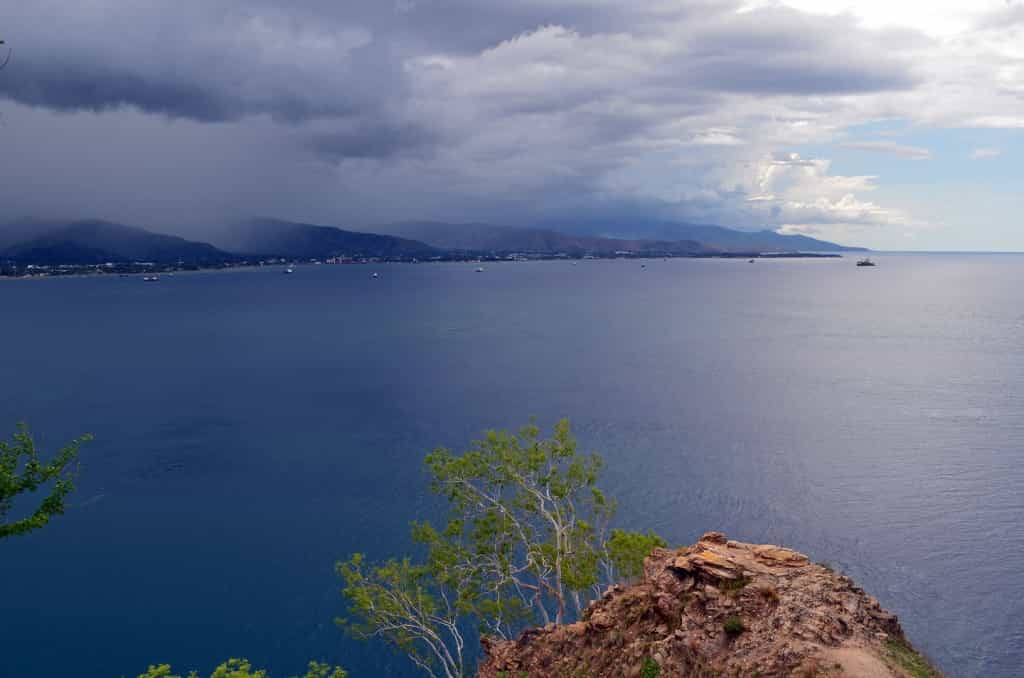
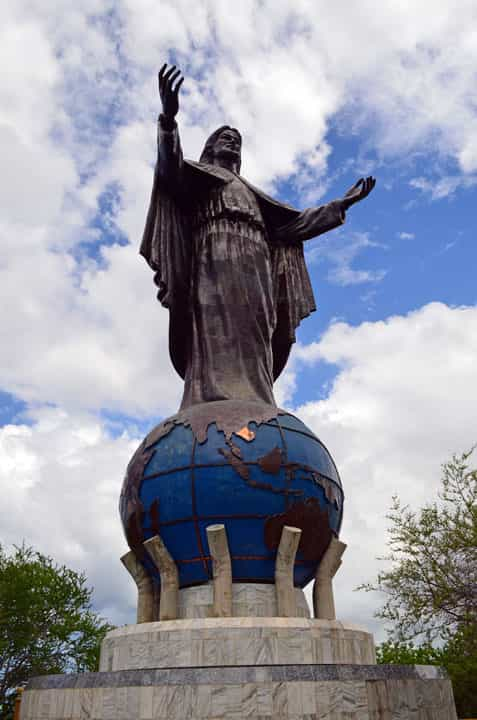



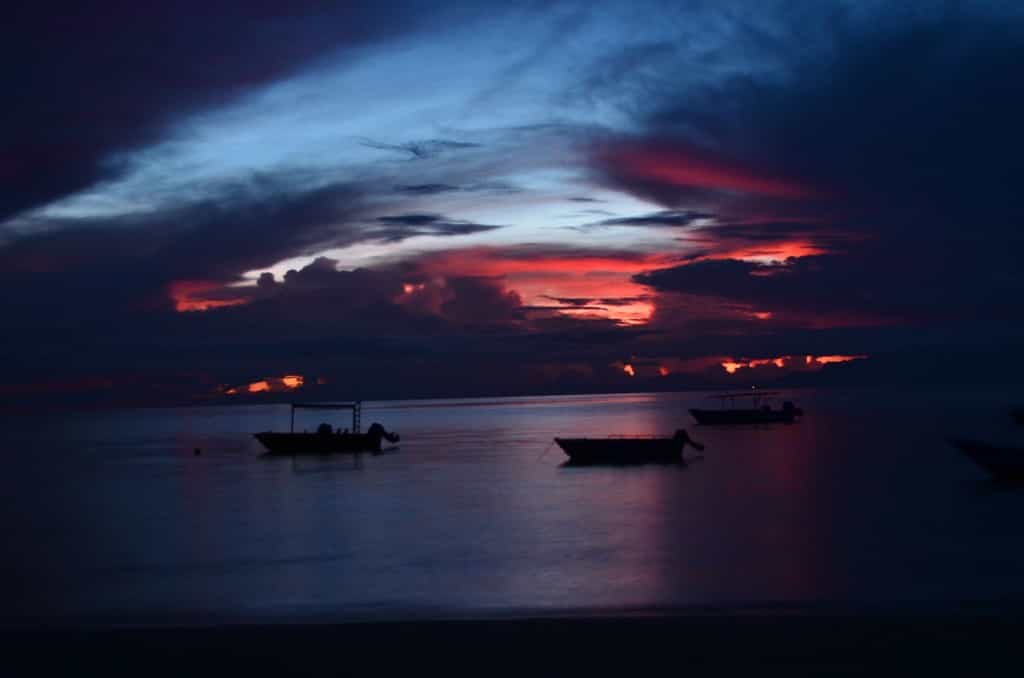

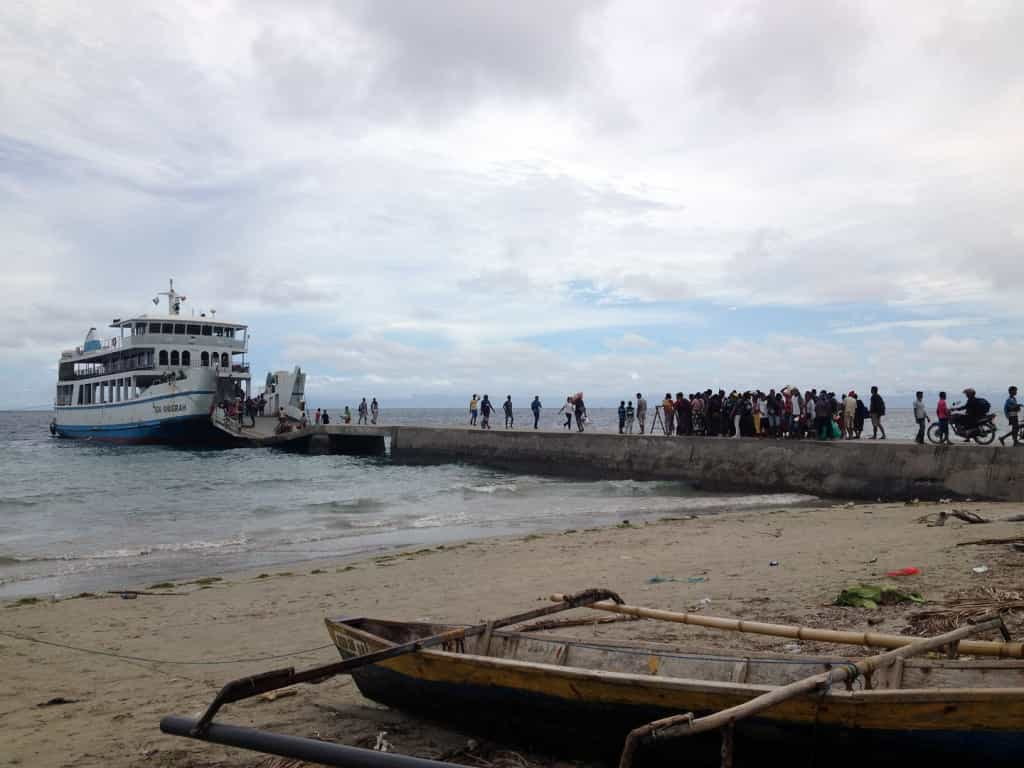

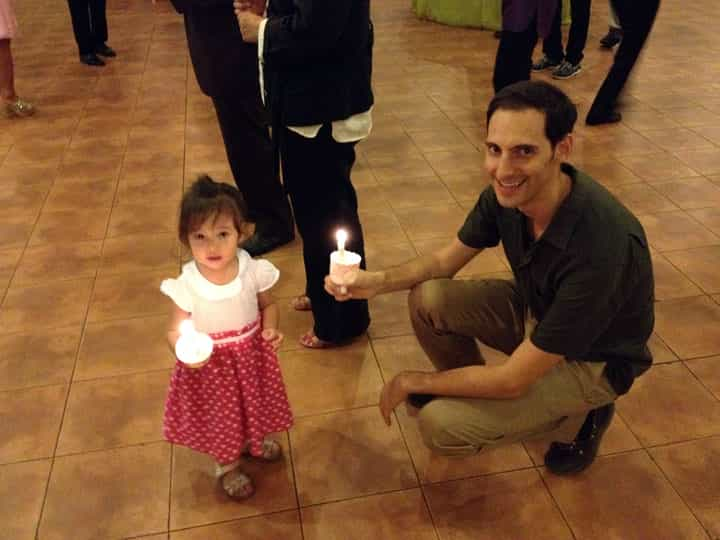

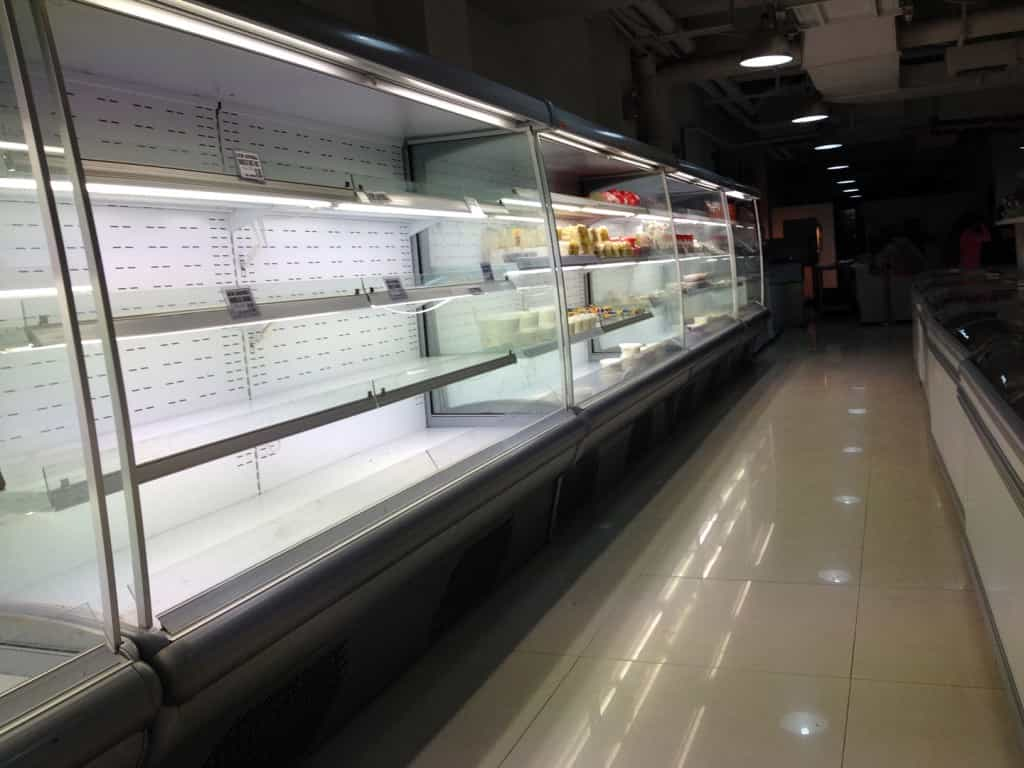

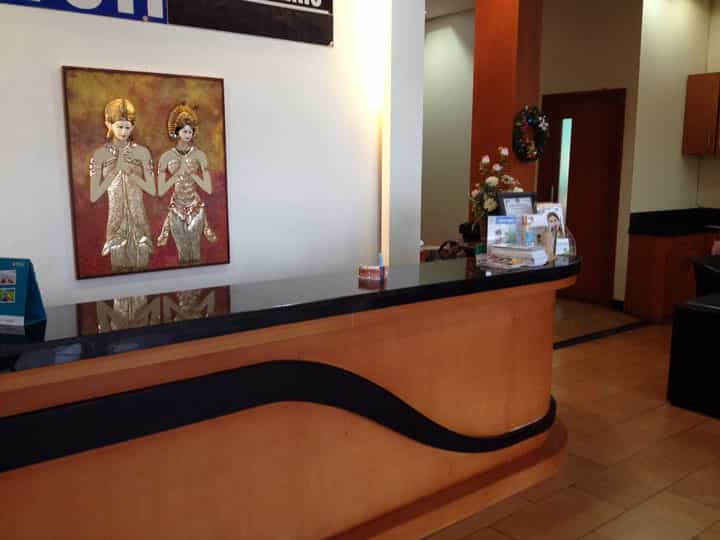
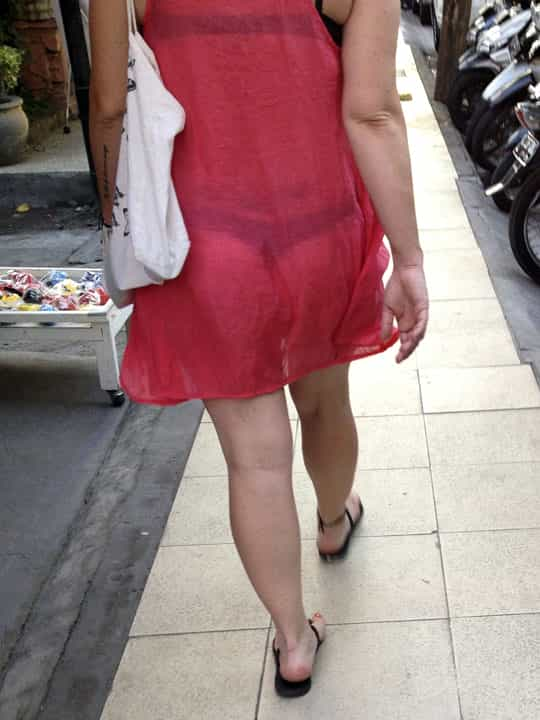
Another great post. I’ve heard the diving in TL is good.
Hey Piers, hope all is good down under! Diving is indeed good in TL, but quite frankly, there’s a lot of good diving in more travel friendly places.
Cheers,
Colin